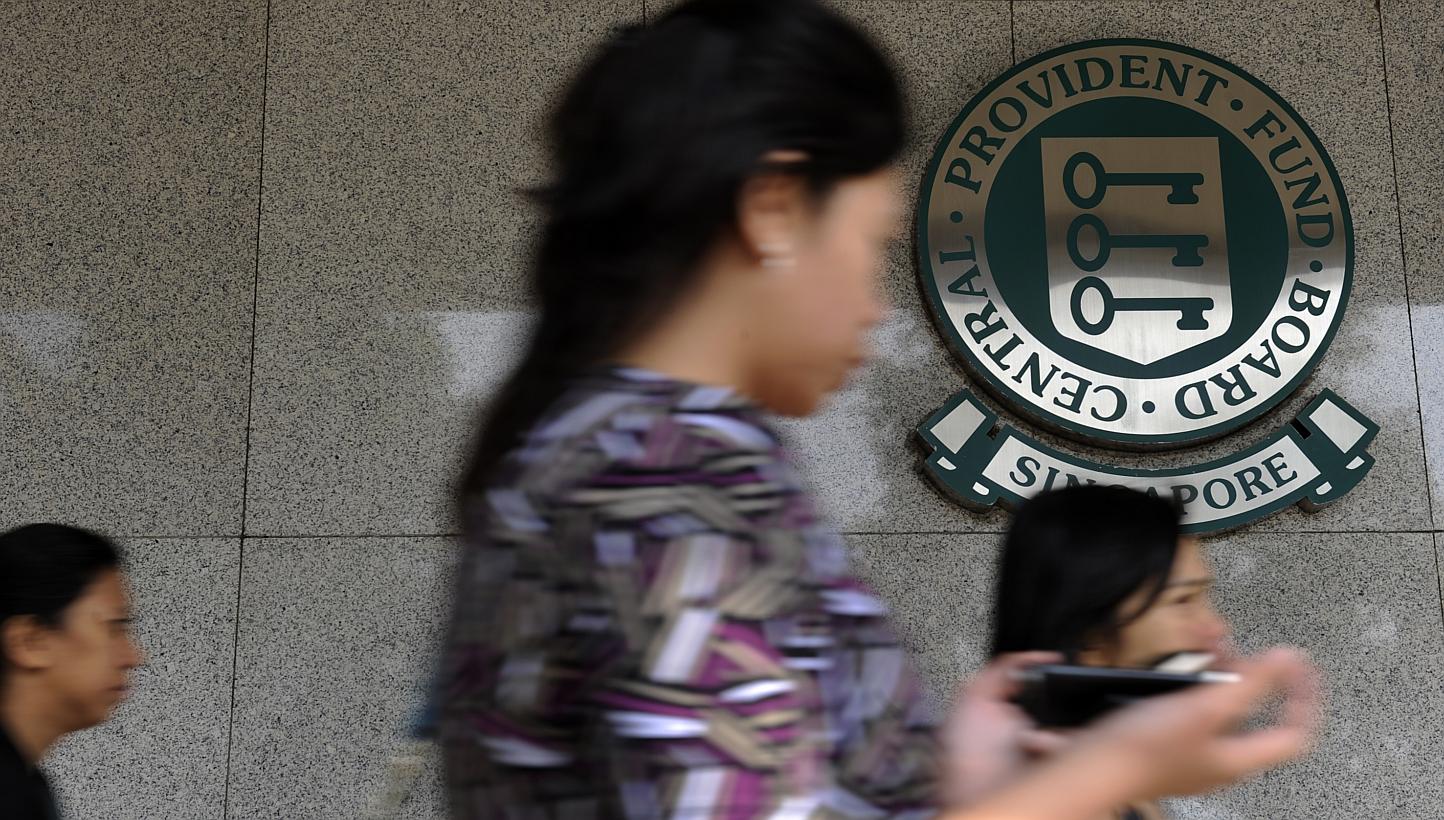Where to Put Your Money - Try the 25:50:25 Rule for Smarter Investing
Living in Singapore means dealing with high living costs. As such, many find it overwhelming how to invest their money wisely. Besides that, regular budgeting tips often don't work well in this city.
The 25:50:25 rule represents a strategic framework that offers a refreshingly simple approach to financial allocation. It's a comprehensive strategy that balances your present needs with future security.
Furthermore, it's particularly relevant for Singaporean professionals, entrepreneurs, and investors who want to maximise their financial potential whilst maintaining their desired lifestyle.

What Is the 25:50:25 Rule?
The 25:50:25 rule is a simple way to manage your money. It divides your income into three parts: 25% for savings and investments, 50% for essential expenses, and 25% for lifestyle choices.
This approach helps build wealth while letting you enjoy life. It's easy to follow, making financial planning accessible for everyone, from students to professionals.
Alfred Mathu, a Kenyan financial advisor, used this rule to grow his savings from KES 3,000 (approx 30 SGD) at 24 to KES 38.6 million (approx. SGD 386,000) after 23 years of disciplined investing.
The First 25%: Building Your Financial Foundation
Your first 25% allocation forms the principles of financial security. However, this isn't simply dumped into a savings account. Instead, it's strategically divided into three critical components that work together to secure your future.

Emergency Funding (20% of the 25%)
Singapore's Monetary Authority (MAS) recommends maintaining 3-6 months of essential expenses for emergencies. For most Singaporeans, this translates to approximately S$15,000-S$30,000.
Besides that, if you're self-employed or have irregular income, consider building up to 12 months' worth of expenses. Store your emergency fund in highly liquid accounts.
Trust Bank, GXS Bank, and CIMB FastSaver offer competitive interest rates without complex conditions. Furthermore, these digital platforms provide easy access when unexpected situations arise.
Medium-Term Investment (50% of the 25%)
Half of your savings allocation targets medium-term goals spanning 5-10 years. Moreover, this might include property down payments, children's education, or business expansion plans.

Consider Singapore Savings Bonds (SSBs) for safer returns, offering flexibility with no penalties for early redemption.
Additionally, balanced unit trusts and Exchange Traded Funds (ETFs) tracking the Straits Times Index provide diversified exposure to Singapore's market.
Retirement Investment (30% of the 25%)
This portion focuses on long-term wealth accumulation. Furthermore, it complements your mandatory CPF contributions, ensuring comfortable retirement years.
Maximise your Supplementary Retirement Scheme (SRS) contributions. Singaporeans and PRs can contribute up to S$15,300 annually, enjoying dollar-for-dollar tax relief. Besides that, investment returns within SRS accounts grow tax-free until withdrawal.
Consider investing SRS funds in growth-oriented instruments such as equity unit trusts or REITs. Moreover, these provide potential for higher returns compared to traditional savings accounts whilst maintaining your tax advantages.
The 50%: Essential Living Expenses
Singapore's high cost of living makes this allocation particularly crucial. However, distinguishing between needs and wants becomes essential for successful implementation.
Housing costs: Typically consume the largest portion, whether through HDB loan repayments or private property rentals. Furthermore, utilities, conservancy charges, and property taxes fall under this category. The government's housing policies help manage these costs, but careful budgeting remains vital.
Transportation expenses: They include MRT/bus fares, taxi rides, or car-related costs. Besides that, Singapore's excellent public transport system offers cost-effective alternatives to private vehicle ownership.
Essential insurance premiums: This protect against major financial risks. Moreover, MediShield Life premiums, term life insurance, and disability coverage ensure you're protected against catastrophic events. The Basic Financial Planning Guide recommends insurance protection of 9 times annual income for death and total permanent disability.
Healthcare costs: Beyond insurance coverage, including GP visits, dental care, and prescriptions, require careful consideration. Furthermore, Medisave helps cover many medical expenses, but out-of-pocket costs still occur.
CPF contributions: Technically reduce your take-home pay, but they're mandatory essential expenses. Currently, employees contribute 20% whilst employers add 17% for workers aged 55 and below. These contributions fund your retirement, healthcare, and housing needs.

The Final 25%: Lifestyle and Discretionary Spending
This allocation ensures you enjoy life whilst building wealth. However, discipline prevents lifestyle inflation from sabotaging your financial goals.
Entertainment and social expenses: These expenses include dining out, cinema visits, concerts, and social gatherings. Singapore's vibrant food scene and entertainment options provide endless choices. Nevertheless, staying within this 25% allocation prevents overspending.
Travel and vacation funds: They allow you to explore the world or enjoy staycations. Furthermore, many Singaporeans prioritise travel experiences, making this a significant lifestyle component.
Personal development investments: Invest in courses, books, conferences, or skills training to enhance your earning potential. Moreover, these expenses often provide returns through career advancement opportunities.
Charitable contributions and tithing: These activities reflect personal values whilst potentially providing tax benefits. Besides that, many Singaporeans support various causes or religious organisations.
Discretionary purchases: Purchases like gadgets, fashion, hobbies, or luxury items fit within this category. However, large purchases might require saving within this allocation over several months.
Why This Rule Works for Singaporeans

Singapore's unique financial landscape makes the 25:50:25 rule particularly effective. Furthermore, it integrates seamlessly with existing government schemes whilst addressing local challenges.
High Cost of Living Adaptation
Unlike the popular 50/30/20 rule, the 25:50:25 approach recognises Singapore's expensive lifestyle by allocating more to essentials. Apart from that, it prevents the common mistake of under-saving in high-cost environments.
CPF Integration
The rule works alongside Singapore's Central Provident Fund system. Besides that, your 25% savings allocation supplements mandatory CPF contributions, creating multiple retirement income streams.
Your CPF provides basic retirement needs, whilst your additional 25% allocation builds wealth above this foundation. Furthermore, this dual approach ensures comprehensive retirement planning.
SRS Tax Advantages
The rule maximises Supplementary Retirement Scheme benefits. Moreover, high-income earners particularly benefit from SRS tax relief, potentially saving thousands in annual taxes.
Real Success Stories
Alfred Mathu's journey from KES 3,000 to KES 38.6 million demonstrates the rule's power. Furthermore, his disciplined approach over 23 years shows how consistency trumps timing in wealth building.
"A prudent person will today be doing what others are planning to do tomorrow," Mathu emphasises. Besides that, this philosophy drives immediate action rather than procrastination.
Actionable Steps to Get Started

Step 1: Calculate Your Allocations
Determine your monthly take-home income after CPF contributions. Then, multiply by 0.25, 0.50, and 0.25, respectively. Furthermore, round these figures to practical amounts for easier implementation.
Step 2: Open Dedicated Accounts
Create separate accounts for each allocation. Moreover, this prevents accidental spending and maintains clear boundaries between categories.
For emergency funds, consider Trust Bank or GXS Bank's competitive rates. Furthermore, their digital platforms offer convenient access and management features.

Step 3: Automate Everything
Set up automatic transfers from your salary account to each dedicated account. Besides that, automation removes the temptation to skip contributions during challenging months.
Step 4: Start Small, Scale Up
Begin with smaller percentages if 25% seems overwhelming. Furthermore, gradually increase your savings rate as you adjust to the new lifestyle.
Step 5: Review and Adjust Quarterly
Monitor your progress every three months. Moreover, adjust allocations based on income changes or life circumstances whilst maintaining the core structure.
Pro Tips for Singapore Professionals
| Strategy | Key Details | Insights |
|---|---|---|
| Maximise SRS contributions early each year | Enjoy immediate tax relief and a longer investment growth period. | Early contributions can significantly enhance long-term financial growth. |
| Use CPF top-ups strategically | Utilize excess savings allocation, earning guaranteed 4% returns. | Strategic top-ups can optimize returns on your savings. |
| Automate increases annually | Raise your savings percentage with salary increments to prevent lifestyle inflation. | Automation ensures consistent savings growth without the temptation to spend. |
| Track expenses monthly | Use apps like Seedly or bank-specific tools to ensure you're staying within allocations. | Regular tracking helps maintain financial discipline and adherence to budget. |
| Review insurance coverage regularly | Avoid over-paying while maintaining adequate protection levels. | Regular reviews ensure that your coverage aligns with your current needs and financial situation. |
In a Nutshell
The 25:50:25 rule offers a proven pathway to financial success in Singapore's challenging economic environment. It balances immediate needs with long-term security, ensuring you don't sacrifice today for tomorrow or vice versa.
Start today, regardless of your current financial situation. Consistency matters more than perfect execution. Besides that, small steps taken consistently over years create extraordinary results.
Your financial freedom awaits. Every day you delay is a day of potential compound growth lost. Remember Alfred Mathu's wisdom: "Don't wait to invest, invest then wait." Your future self will thank you for the disciplined decisions you make today.
Let us know what you think about this topic, and what do you want to hear next.
References
- Monetary Authority of Singapore, 'MAS and Financial Industry Launch Basic Financial Planning Guide'
- Monetary Authority of Singapore, 'Basic Financial Planning Guide 2023' (PDF document)
- Lendela, 'How to Build an Emergency Fund in Singapore: Complete Guide'
- DBS Bank, 'The Kueh Lapis Theory of Retirement'
- SingSaver, 'Investment Strategies for New Investors'
- Ministry of Finance Singapore, 'Supplementary Retirement Scheme'
- Inland Revenue Authority of Singapore, 'SRS Contributions'
- Great Eastern Life, 'Unlock Tax Savings with the Supplementary Retirement Scheme'
- Central Provident Fund Board, 'CPF Contribution Rates from 1 January 2025' (PDF document)
- Investopedia, 'What Is the 50/30/20 Budget Rule?'
- Endowus, 'CPF Allocation Rates: How It Changes as You Grow Older'
- ASEAN Briefing, 'Revised Tax Incentive Schemes for Funds in Singapore'
- Alfred Mathu, 'Alfred Mathu – Personal Website'
- Great Eastern Life, 'Finance 101: Have You Heard of the 50/30/20 Rule?'
- Income Insurance, 'Retirement Planning in Singapore: The Complete Guide'
- Tuko News, 'Alfred Mathu – Financial Expert Profile'
- Alfred Mathu, 'Professional Experience – Alfred Mathu'
- Standard Chartered Singapore, 'How to Retire Well in Singapore'
- MoneySense Singapore, 'Planning For Retirement'
- Principal Malaysia, 'What Is the Ideal Savings According to Age Bracket?'
- MyMoneySense Singapore, 'Set Reminders for Financial Planning'
- QuickHR, 'Key CPF Changes in 2025: What HR Professionals in Singapore Need to Know'
- UOB Singapore, 'Supplementary Retirement Scheme (SRS) Account'
- The Smart Investor Singapore, '3 Essential Rules for Successful Asset Allocation'
- Central Provident Fund Board, 'New CPF Contribution Rates'
You can now be our community contributor and make a pitch to have your favourite personality be on our show.
Join our community group and drop us your insights on this topic.

-Jun-01-2025-06-24-42-9139-PM.png?width=50&name=Square%20(2)-Jun-01-2025-06-24-42-9139-PM.png)







.png?height=200&name=website%20article%20cover%20image%20(2).png)
.jpg?height=200&name=images%20(17).jpg)
Let us know what you think of this post